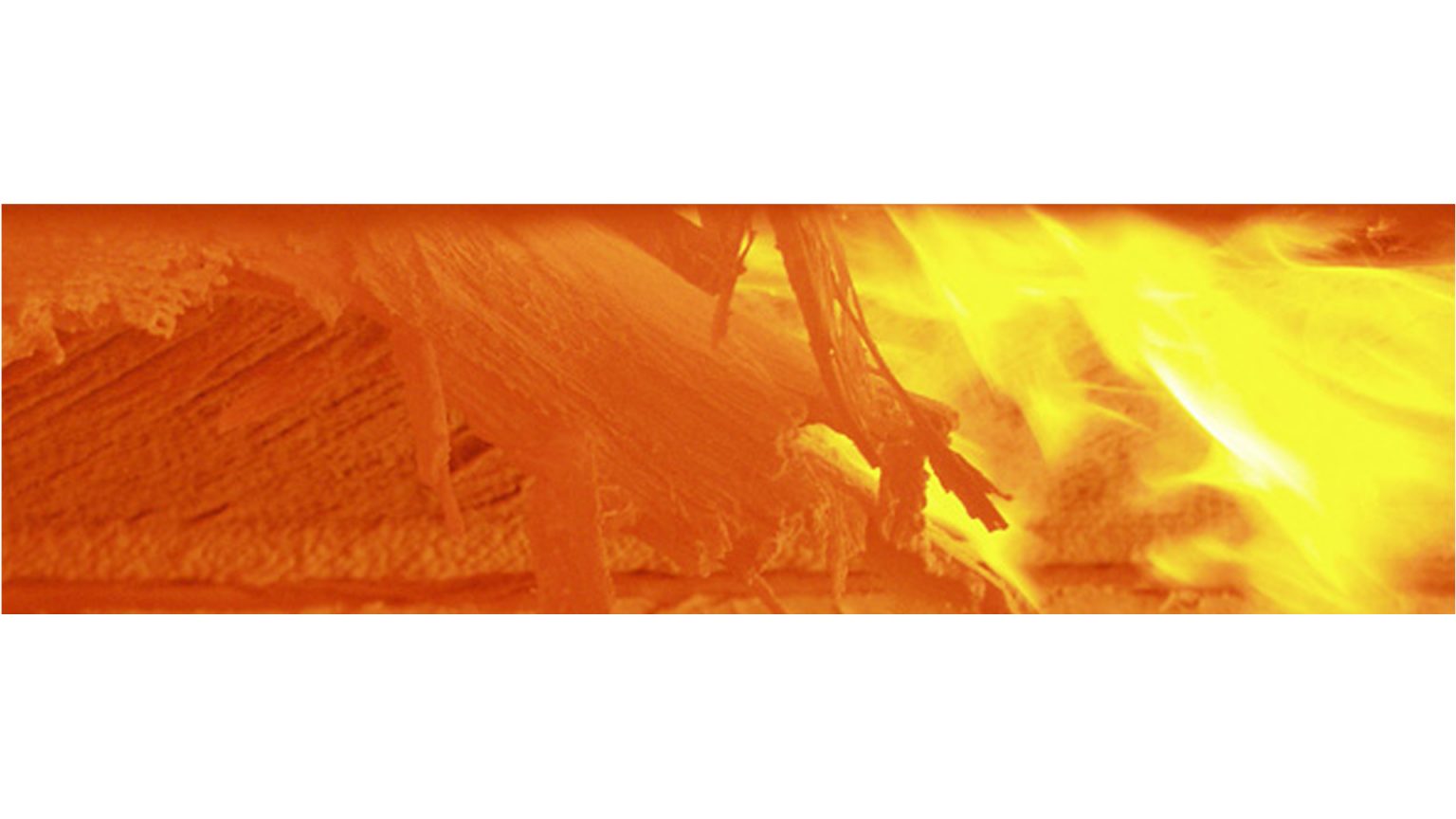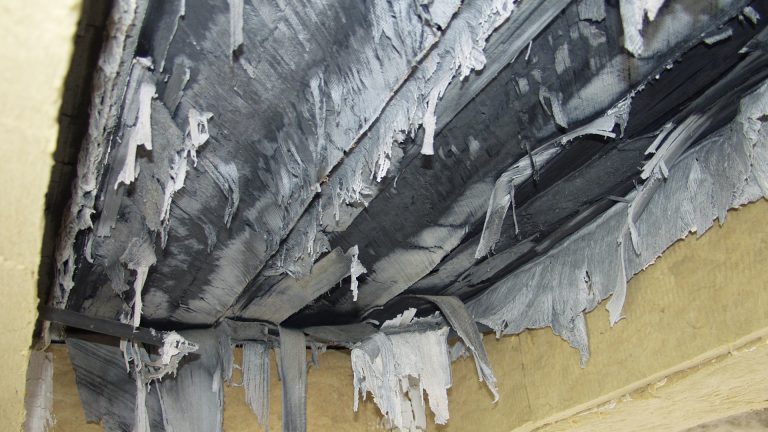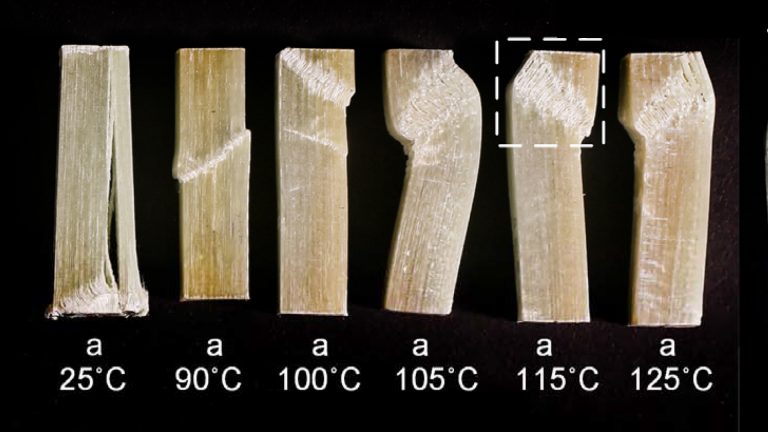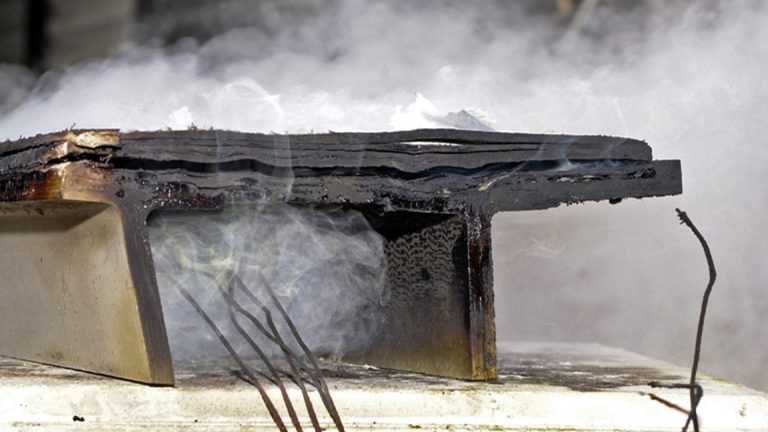Fire endurance


– Temperature-/time-dependent thermophysical/thermomechanical properties
– Thermomechanical structural responses (deformations, resistances)
– Post-fire mechanical properties and structural responses

– Effect of elevated temperature on failure mode (buckling, kinking)
– Experimental determination and modeling of glass transition temperature
– Time-temperature superposition principles

– Water-cooling systems
– Protective layers and coatings
– Design guidance
–
.
Ongoing PhD thesis
Composite sandwich bridge decks on fire
N. Vahedi, T. Keller and A. Vasilopoulos (Dirs.)
.
Completed PhD theses
Temperature effects on material properties and structural response of polymer matrix composites
W. Sun, T. Keller and A. Vasilopoulos (Dirs.). EPFL, Lausanne, 2015.
Abstract – Full Text
Material and structural performance of fiber-reinforced polymer composites at elevated and high temperatures.
Y. Bai, T. Keller (Dir.). EPFL, Lausanne, 2009.
Abstract – Full Text
Fire endurance of multicellular panels in an FRP building system
C. D. Tracy, T. Keller (Dir.). EPFL, Lausanne, 2005.
Abstract – Full Text
.